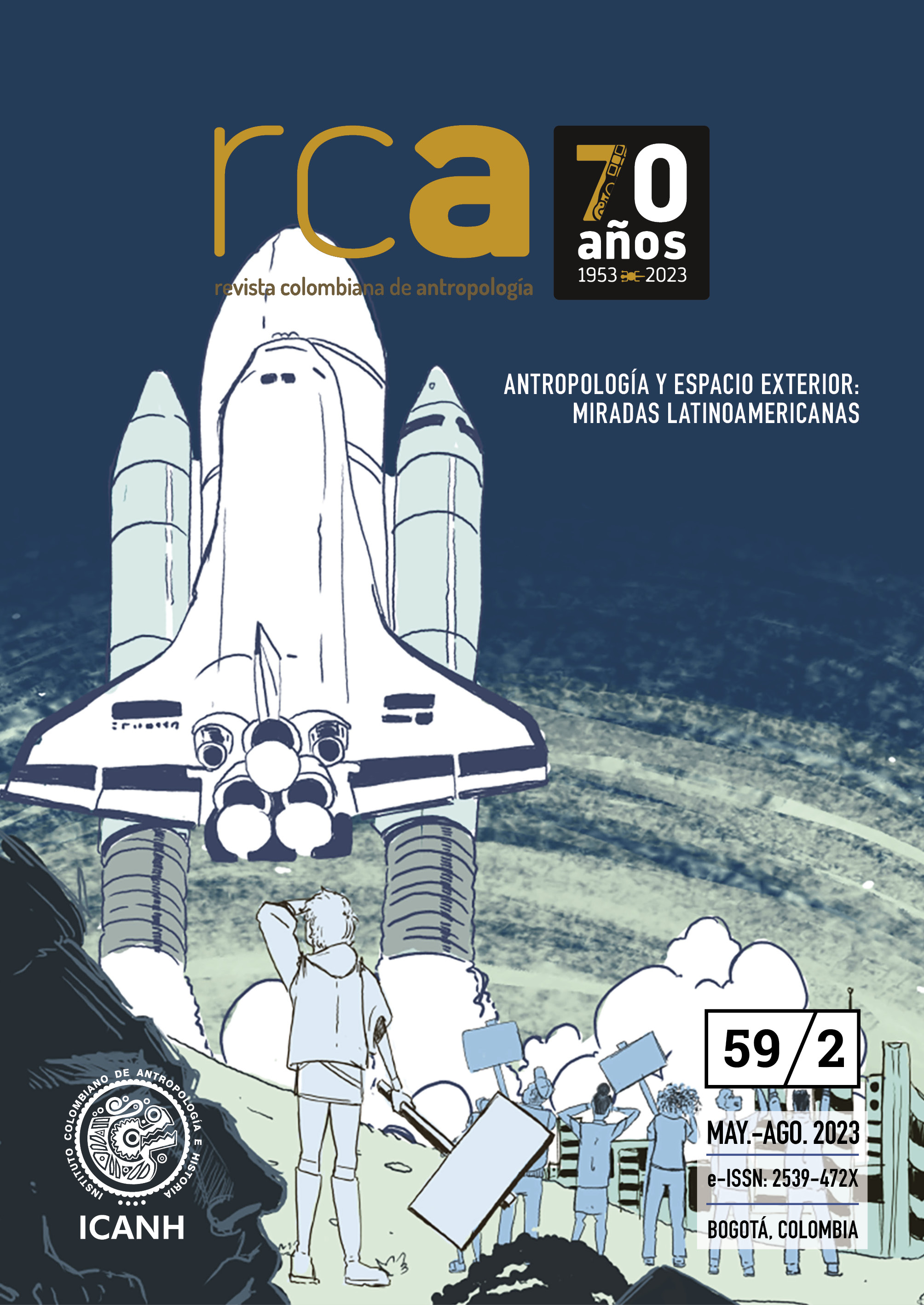“They are among us”. Mimicry and disappearance against reptilians in Mexico
DOI:
https://doi.org/10.22380/2539472X.2438Keywords:
reptilians, language, power, mimesis and uncannyAbstract
Local experiences in Mexico support that the reptilians are among us. Reptilians, humanoid and reptilian-looking aliens that inhabit Mexico and Earth, pose as humans in order to dominate them. This article explores mimesis, understood as the action
of impersonating another, based on the reptilian figure. With specific cases from the west of Mexico, the work refers to the performative mimesis of the voices of the subjects that suggest attending to the reptilian from two particular images: one is his camouflage and the other is his disappearance. The argument presents the familiarity with both images in social life in Mexico. Images that, due to their proximity, sometimes seem strange, almost unexpected. From the analysis of the theories and the narrative logics of people, attention is paid to the mimetic practice of language loaded with imagination, faith and conspiracy, mainly in the pronoun “they”, a linguistic quality that different agents and social groups possess. The “they” acts in closeness and
strangeness in the search for subjects in the exercise of power. Mimesis emerges from the pronoun “they” by gathering and expelling trajectories of working life, ephemeral jobs, the fading of the working class, and inconsistencies in regional modernization projects.
Downloads
References
Battlagia, Debbora. 2005. “Insiders’ voices in outerspaces”. En E. T. Culture. Anthropology in outerspaces, editado por Debbora Battlagia, 1-37. Durham: Duke University Press.
Benjamin, Walter. 2003. La obra de arte en la época de su reproductibilidad técnica. Traducido por Andrés E. Weikert. Ciudad de México: Editorial Itaca.
—. 2008. Tesis sobre la historia y otros fragmentos. Traducido por Bolívar Echeverría. Ciudad de México: Editorial Itaca; Universidad Autónoma de la Ciudad de México.
Benveniste, Émile. 1997. Problemas de lingüística general. Ciudad de México: Siglo XXI Editores.
Berlant, Lauren y Stewart Kathleen, eds. 2019. The hundreds. Durham; Londres: Duke University Press.
Brenner, Anita. 1929. Idols behind altars. Nueva York: Payson & Clarke.
Briggs, Charles. 2004. “Theorizing modernity conspiratorially: science, scale, and the political economy of public discourse in explanations of a cholera epidemic”. American Ethnologist 31(2): 164-187. https://doi.org/10.1525/ae.2004.31.2.164
Caillois, Roger. 1984. “Mimicry and Legendary Psychasthenia”. Traducido por John Shepley. October 31: 16-32. https://doi.org/10.2307/778354
Comaroff, Jean y John Comaroff. 2018. “Occult economies, revisited”. En Magical capitalism. Enchantment, spells, and occult practices in contemporary economies, editado por Brian Moeran y Timothy de Waal Malefyt, 289-320. Cham, Suiza: Palgrave Macmillan.
De Abreu, María José. 2019. “Medium theory; or, ‘the war of the worlds’ at regular intervals”. Current Anthropology 60 (5): 656-673. https://doi.org/10.1086/705345
—. 2021. The charismatic gymnasium. Breath, media, and religious revivalism in contemporary Brazil. Durham; Londres: Duke University Press.
De la Peña, Guillermo. 1993. “Populismo, poder regional e intermediación política: el sur de Jalisco 1900-1980”. Estudios de Historia Moderna y Contemporánea de México 16: 115-152. https://moderna.historicas.unam.mx/index.php/ehm/article/view/2987/68856
De la Torre, Renée y Cristina Gutiérrez. 2016. “Genealogías de la Nueva Era en México”. Rever 16 (2): 51-91. https://doi.org/10.21724/rever.v16i2.29282
Ferry, Elizabeth y Mandana E. Limbert, eds. 2008. Timely assets: The politics of resources and their temporalities. Santa Fe: SAR Press.
Freud, Sigmund. 1979. “Lo ominoso”. En Obras completas, vol. XVII, 215-252. Buenos Aires: Amorrortu Editores.
Gabayet, Luisa. 1988. Obreros somos: diferenciación social y formación de clase obrera en Jalisco. Guadalajara, Jalisco: El Colegio de Jalisco; Ciesas del Occidente.
Gibbs, Anna. 2005. “Fictocriticism, affect, mimesis: engendering differences”. Text 9 (1). https://www.textjournal.com.au/april05/gibbs.htm
Harvey, David. 1998. La condición de la posmodernidad. Investigación sobre los orígenes del cambio cultural. Buenos Aires: Amorrortu Editores.
Icke, David. 1999. The biggest secret. The book that will change the world. Arizona: Bridge of Love.
Johnson, Anne W. 2019. “De autómatas y otros otros: una historia de Das Unheimliche”. En Extrañezas íntimas: inquietudes en torno a Das Unheimliche en la sociedad y el arte, coordinado por Anne W. Johnson, Rodrigo Díaz y Adriana Guzmán, 21-84. Ciudad de México: Gedisa; Universidad Autónoma Metropolitana, Unidad Iztapalapa.
Koselleck, Reinhart. 1993. Futuro pasado: para una semántica de los tiempos históricos. Barcelona: Paidós.
Lerma, Enriqueta. 2022. Los reptilianos y otras creencias en tiempos del covid-19. Una etnografía escrita en Chiapas. Ciudad de México: Universidad Nacional Autónoma de México.
Lepselter, Susan. 2005. “The license: poetics, power, and the uncanny”. En E.T culture. Anthropology in outerspaces, editado por Debbora Battlagia, 130-148. Durham: Duke University Press.
—. 2016. The resonance of unseen things. Poetics, power, captivity, and UFOs in the America uncanny. Michigan: University of Michigan Press.
—. 2019. “At the edge of chaos: poetics of American monsters, here and there”. Journal of
Historical Sociology 32 (1): 7-16. https://doi.org/10.1111/johs.12223
—. 2021. “Situating conspiracy theory”. Anthropology Now 13 (1): 25-29. https://doi.org/10.1080/19428200.2021.1903494
Lixs, Benji. 2021. “El pacto anunnaki. Que nos cuenta el trato que hicieron los anunnakis y los reptilianos”. Video de YouTube. https://www.youtube.com/watch?v=VnU__KoHS-s
Lomnitz, Claudio. 2021. “Crimen organizado y desorganizado: unidades de análisis”. Video de YouTube. https://www.youtube.com/watch?v=oQkP_kf0SJE&t=622s
Macías, Alejandro y Yolanda L. Sevilla. 2020. “Naturaleza vulnerada. Cuatro décadas de agricultura industrializada de frutas y hortalizas en el sur de Jalisco, México (1980-2020)”. Entre Diversidades 8 (1): 64-91. https://doi.org/10.31644/ED.V8.N1.2021.A03
Medina Enríquez, José. 1988. Atenquique: una aportación a su historia. Ciudad de México: Siglo XXI Editores.
Nuijten, Monique. 2003. Power, community and the State: The political anthropology of organisation in Mexico. Londres; Sterling; Virginia: Pluto Press.
“Protected by decades-old power structures, three renowned Harvard anthropologists ffaseallegations of sexual harassment”. 2020. The Harvard Crimson, 29 de mayo. https://www.thecrimson.com/article/2020/5/29/harvard-anthropology-gender-issues/#:~:text=Senior%20Anthropology%20professors%20Theodore%20Cthe%20department%20stretch%20beyond%20them
“¡Sin dejar rastro! Jacobo Grinberg, el científico mexicano que desapareció en 1994”. 2021. Milenio Digital y EFE, 19 de agosto. https://www.milenio.com/virales/jacobo-grinberg-cientifico-mexicano-desaparecio-1994
Stewart, Kathleen. 1996. A space on the side of the road. Cultural poetics in an “other” America. Nueva Jersey: Princeton University Press.
Stewart, Kathleen y Susan Harding. 1999. “Bad endings: American apocalypsis”. Annual Review of Anthropology 28: 285-310. https://doi.org/10.1146/annurev.anthro.28.1.285
Taussig, Michael. 1993. Mimesis and alterity. A particular history of the senses. Nueva York; Londres: Routledge.
Vargas, José. 2011. “Decrecimiento del pueblo corporativo Atenquique y su declinación económica y ambiental”. Ponto Urbe 8. https://journals.openedition.org/pontourbe/1973?lang=es
West, Harry G. y Todd Sanders, eds. 2003. Transparency and conspiracy. Ethnographies of suspicion in the new world order. Durham; Londres: Duke University Press.
Yeh, Rihan. 2015. “‘La calle es un río’: el público de los (narco)corridos como ‘el pueblo’”. Revista Colombiana de Antropología 52 (1): 79-107. https://doi.org/10.2t2380/2539472X28
Downloads
Published
How to Cite
Issue
Section
License

This work is licensed under a Creative Commons Attribution-NonCommercial-NoDerivatives 4.0 International License.




















